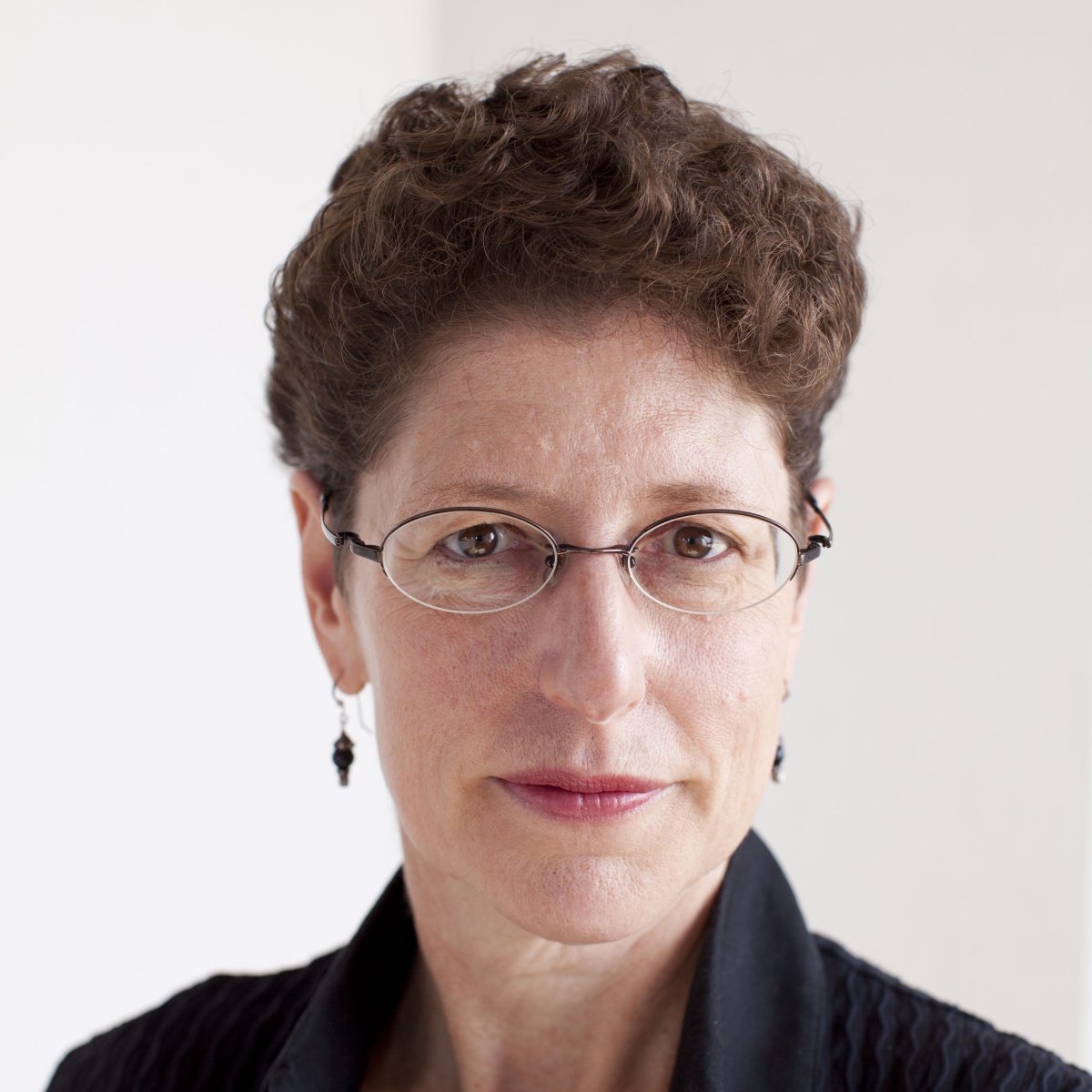Winter at the Adachi Museum of Art: Superb Rosanjin Collection in Shimane
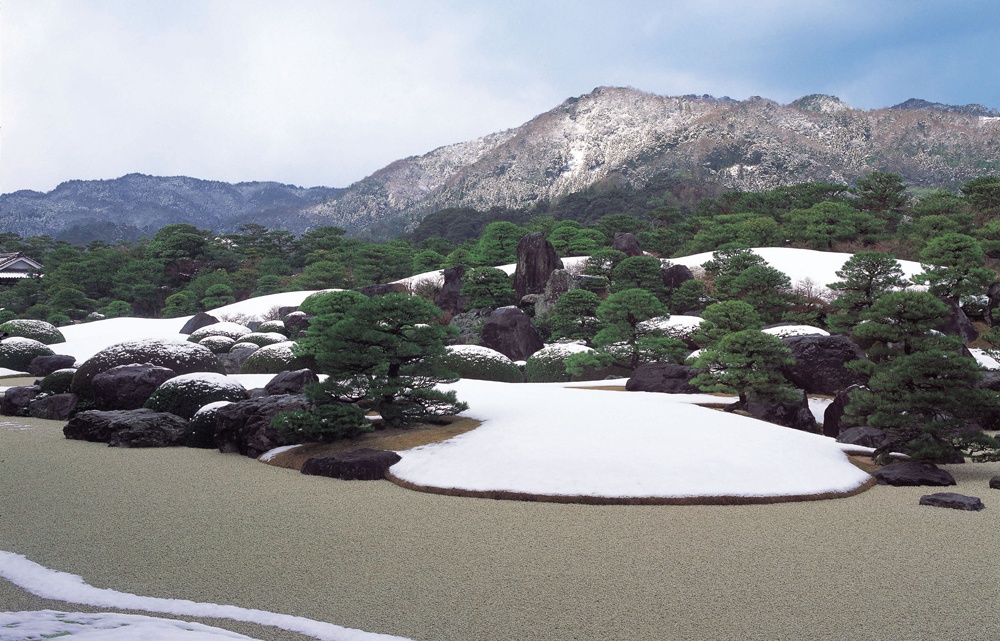
The Dry Landscape Garden of the Adachi Museum of Art in snow.
Best known for its gardens and collection of nihonga painting, the Adachi Museum of Art now has an entire hall dedicated to epicure Kitaoji Rosanjin. Arts writer Alice Gordenker reports.
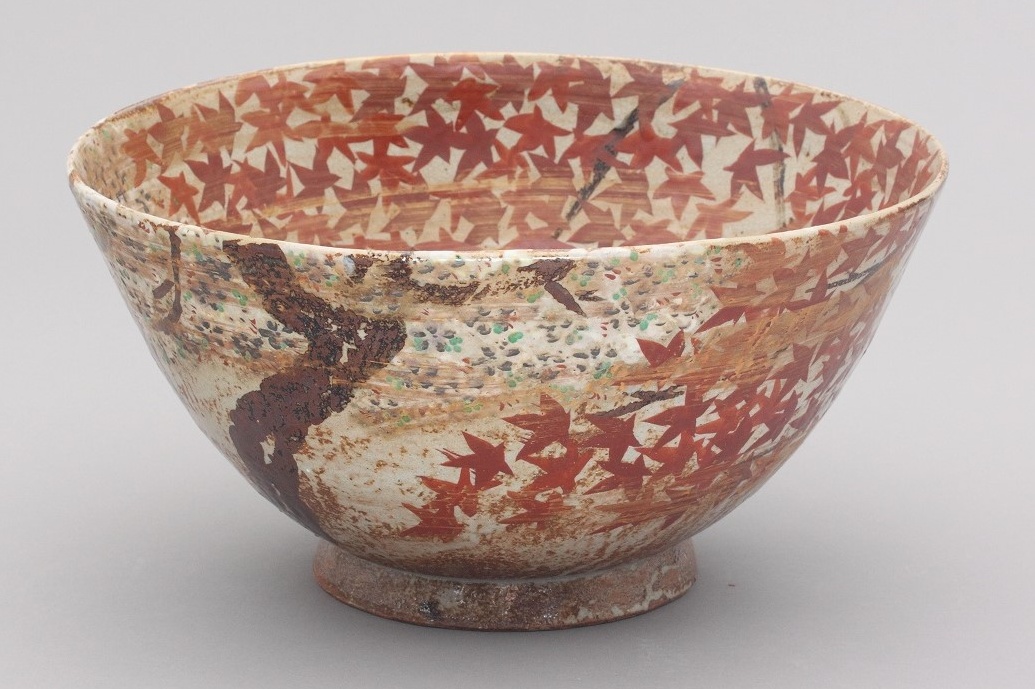
A large ceramic bowl (c.1941)by Kitaoji Rosanjin, with a design of cherry blossoms and maple leaves.
Winter is the quiet season at the Adachi Museum of Art in Shimane Prefecture, after tourists seeking the splendor of autumn foliage in the museum’s famous Japanese gardens have come and gone. But the colder months have their own special charm along the Japan Sea coast of Western Honshu, where Shimane is located. Low-hanging clouds roll in from the ocean, settling over the local landscape like soft blankets of muted color. In any case, my aim on a recent visit was not on the gardens but squarely on the museum’s latest expansion: a new hall dedicated entirely to the 20th-century epicure and artist Kitaoji Rosanjin.
"A True Genius"
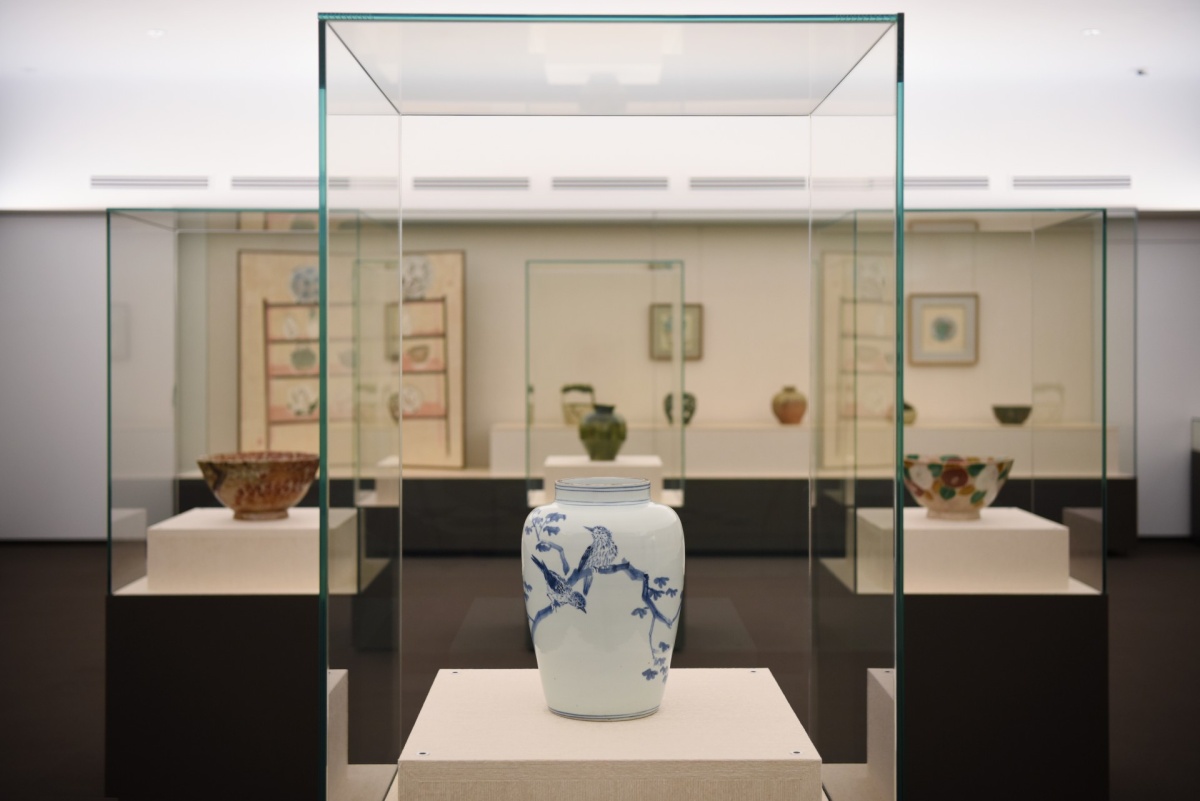
Inside the Rosanjin Hall, which opened in April 2020,
“Rosanjin” is the pseudonym adopted by Kitaoji Fusajiro (1883–1959), written with three characters meaning “foolish mountain man.” It’s a moniker that suggests humility, but no one could ever accuse Rosanjin of being humble. He was brilliant and arrogant, a connoisseur of fine dining, and accomplished in an astonishing range of arts, including seal carving, calligraphy, and painting. In 1921, he established a private eating club, preparing elaborate courses of top-level cuisine presented upon the fine antique dishes from his own collection. The exclusive restaurant immediately drew distinguished clients, securing Rosanjin’s reputation for unparalleled gastronomy, first in Japan and eventually with international patrons.
“Whatever he turned his hand to, he did at the highest possible level.”
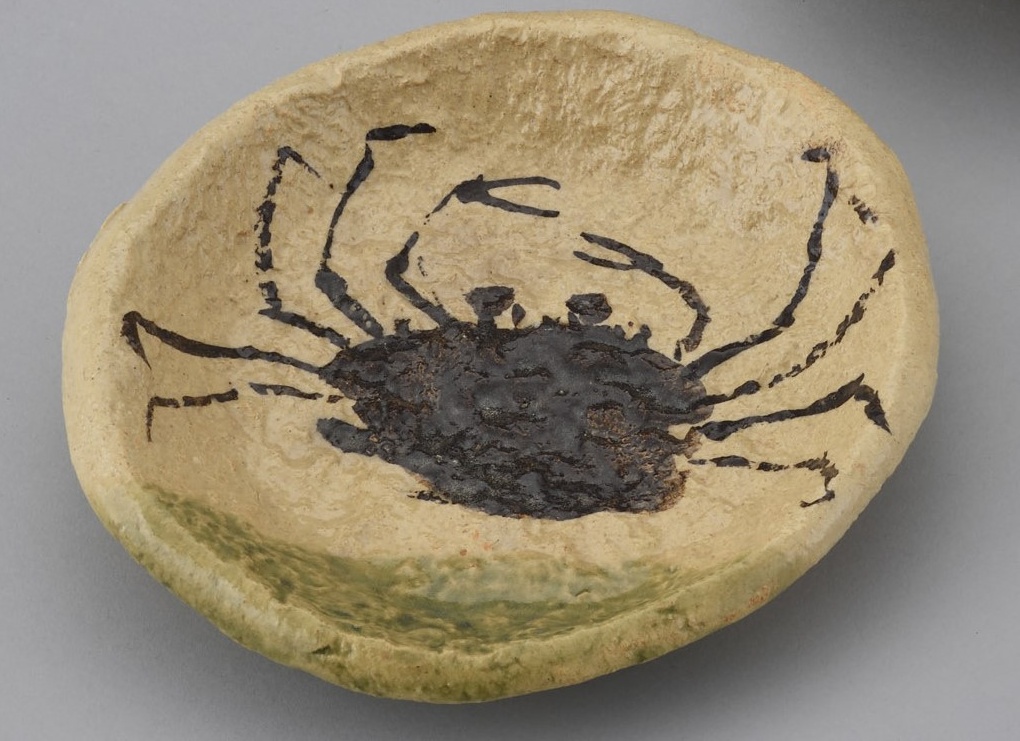
Small food dish with a crab design (c. 1959), one of a set of six such dishes made by Rosanjin.
Yet it is for ceramics, and in particular the tableware that he either designed or created, for which Rosanjin is best known today. And it was Rosanjin’s ceramics that first drew the attention of Adachi Zenko (1899-1990), the founder of the Adachi Museum of Art.
“I love Rosanjin, who was not just a potter but a painter, a fabulous cook and restauranteur, too,” Zenko wrote in his autobiography, published in 2007. “He strikes me as a true genius: Whatever he turned his hand to, he did at the highest possible level.” The same might be said for Zenko, a self-made man who made a fortune in real estate and other ventures, all the while collecting whatever art caught his eye with great zeal. Even before he opened the Adachi Museum of Art in 1970, and set about building gardens around it, Zenko was searching out ceramics made by Kitaoji Rosanjin.
"Stepping inside, the breath of Rosanjin’s talent is instantly apparent."
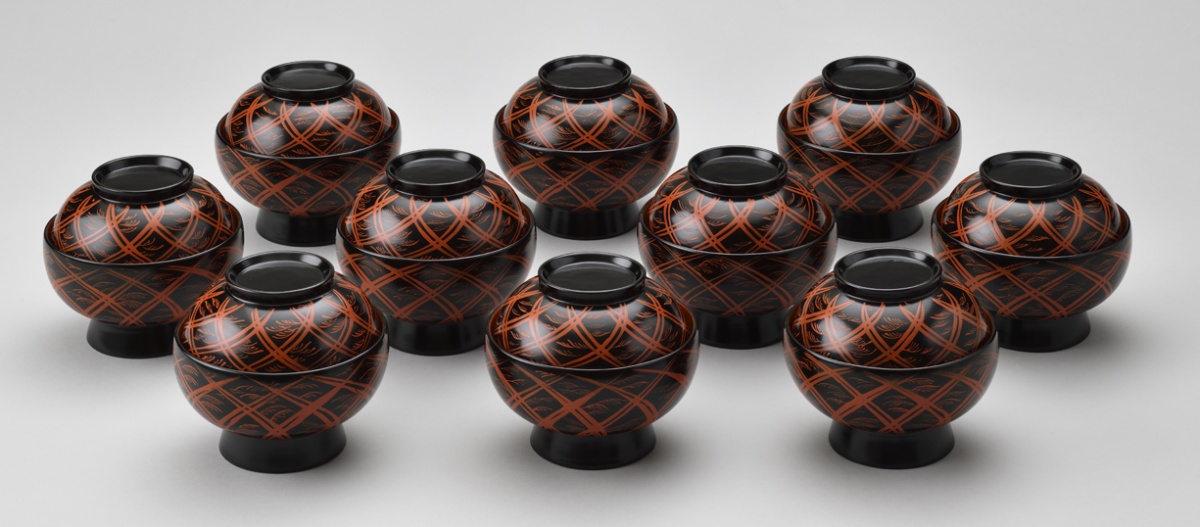
A recent acquisition: a complete set of Rosanjin’s elegant Momoyama-style lacquer bowls (c. 1944).
During his tenure as the museum’s first director, Zenko amassed more than two hundred examples of Rosanjin’s work. His grandson and successor Adachi Takanori, the current director, has continued to build the collection, more than doubling its size. Now, at some 500 works, it is one of the largest and most comprehensive Rosanjin collections anywhere in the world.
The Rosanjin Hall is a separate building within the museum complex, comprised of an entry lobby and two large exhibition rooms on one floor. Stepping inside, the breath of Rosanjin’s talent is instantly apparent, his creativity beautifully expressed in everything from ironwork lanterns to poems brushed in ink across large folding screens. Display conditions are very good, with low-reflection glass on state-of-the-art cases, and indirect lighting that reflects off the rounded ceilings, providing plenty of illumination for viewing the works without glare.
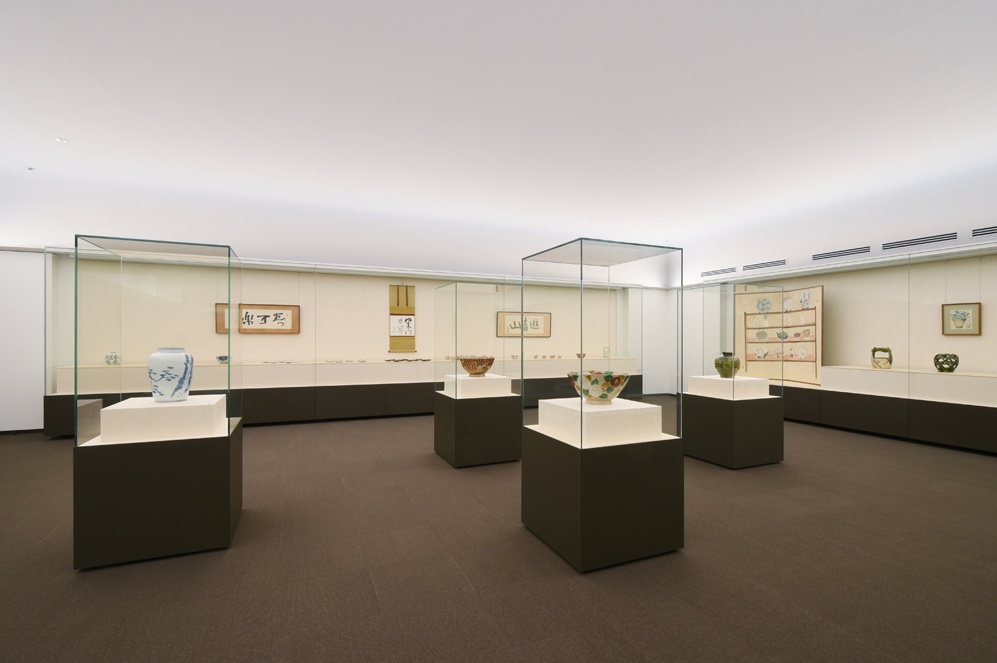
Freestanding cases allow larger pieces to be viewed from all directions.
On any visit, you can expect to see 100 to 120 examples of Rosanjin’s work, all from the museum’s own collection, and exhibitions are changed four times a year. Sets of dishes and other tableware are usually displayed in their entirety. This generous use of space—something not every museum can afford—allows visitors to imagine the lavish banquets at which such elegant tableware must have shined.
"Taikan is best known for his stunning images of Mt. Fuji, which he is said to have painted more than a thousand times."
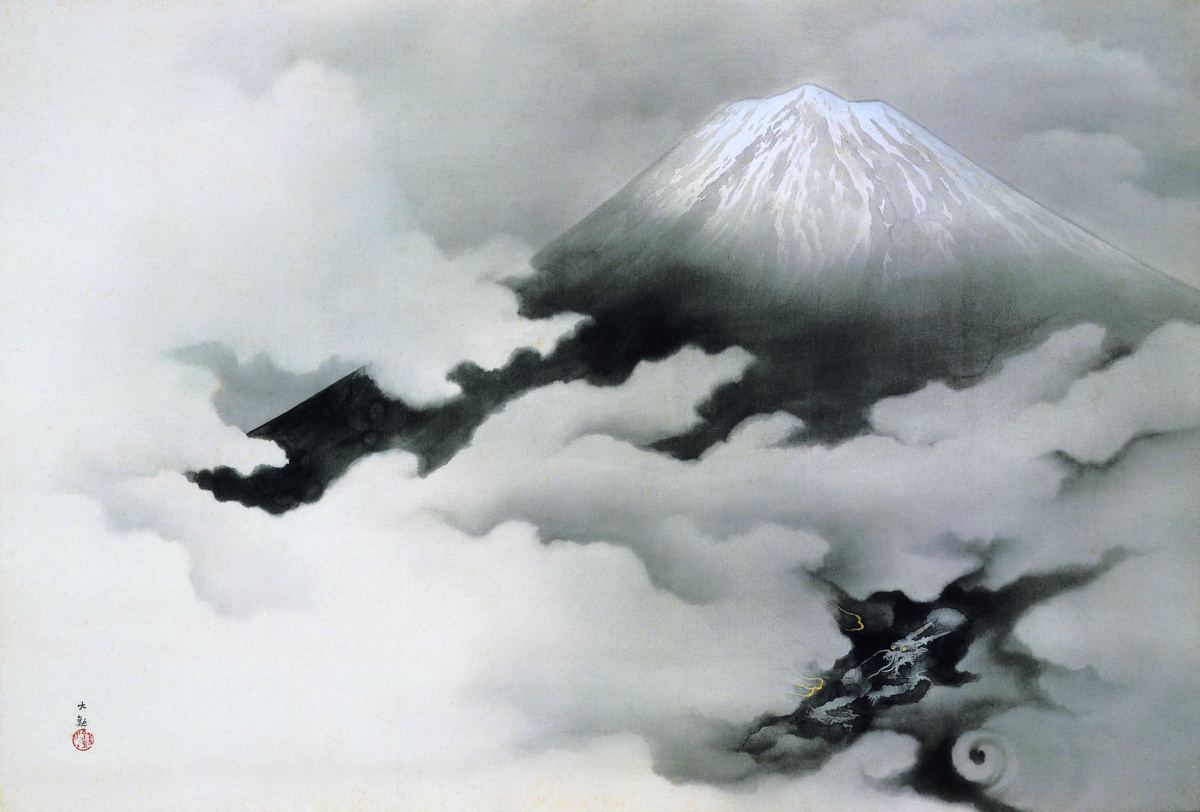
"Dragon and Mt. Fuji" (1940), Yokoyama Taikan
As a collector, Zenko, the museum’s founder, had one passion that was stronger than all others, including even his determined focus on Rosanjin. It was for the works of Yokoyama Taikan (1868-1958), a founder of the nihonga movement in modern Japanese painting and one of Japan’s most celebrated artists. During his lifetime, Zenko acquired over a hundred paintings by Taikan, and even left instructions in his will that the museum should immediately purchase specific works should they ever reappear on the market. Today, the museum holds more than 120 works by Taikan, spanning the artist’s full career, and is remarkable in both its breadth and quality.

"Winter Peonies" (1928) by Yokoyama Taikan
Taikan is perhaps best known for his stunning images of Mt. Fuji, which he is said to have painted more than a thousand times. The Adachi Museum of Art owns many superb examples, any number of which may be on view in the large exhibition room dedicated to this single artist. But Taikan’s range was far more varied, as can be appreciated in a collection of this size. On my visit, I saw a number of Taikan works that expanded my understanding of his interests and talent, including everything from wide, ocean vistas with crashing waves to intimate studies of birds and flowers.
"Each season brings with it a new special exhibition exploring an aspect of nihonga or focusing on specific artists."

When viewing “Dogs from Europe” (c.1941) by Hashimoto Kansetsu, you can almost feel the softness of the animal’s fur. Half of a pair of folding screens, color and gold on silk.
The Adachi Museum is always an excellent place to view nihonga painting, whether your interest lies in works by contemporary artists or those of established masters of the genre. Each season brings with it a new special exhibition exploring an aspect of nihonga, from texture to subjects and beyond, or focusing on specific artists. Through works by well-known painters including Hishida Shunso, Nishiyama Suisho and Yokoyama Taikan, exhibitions introduce visitors to the many features of nihonga.
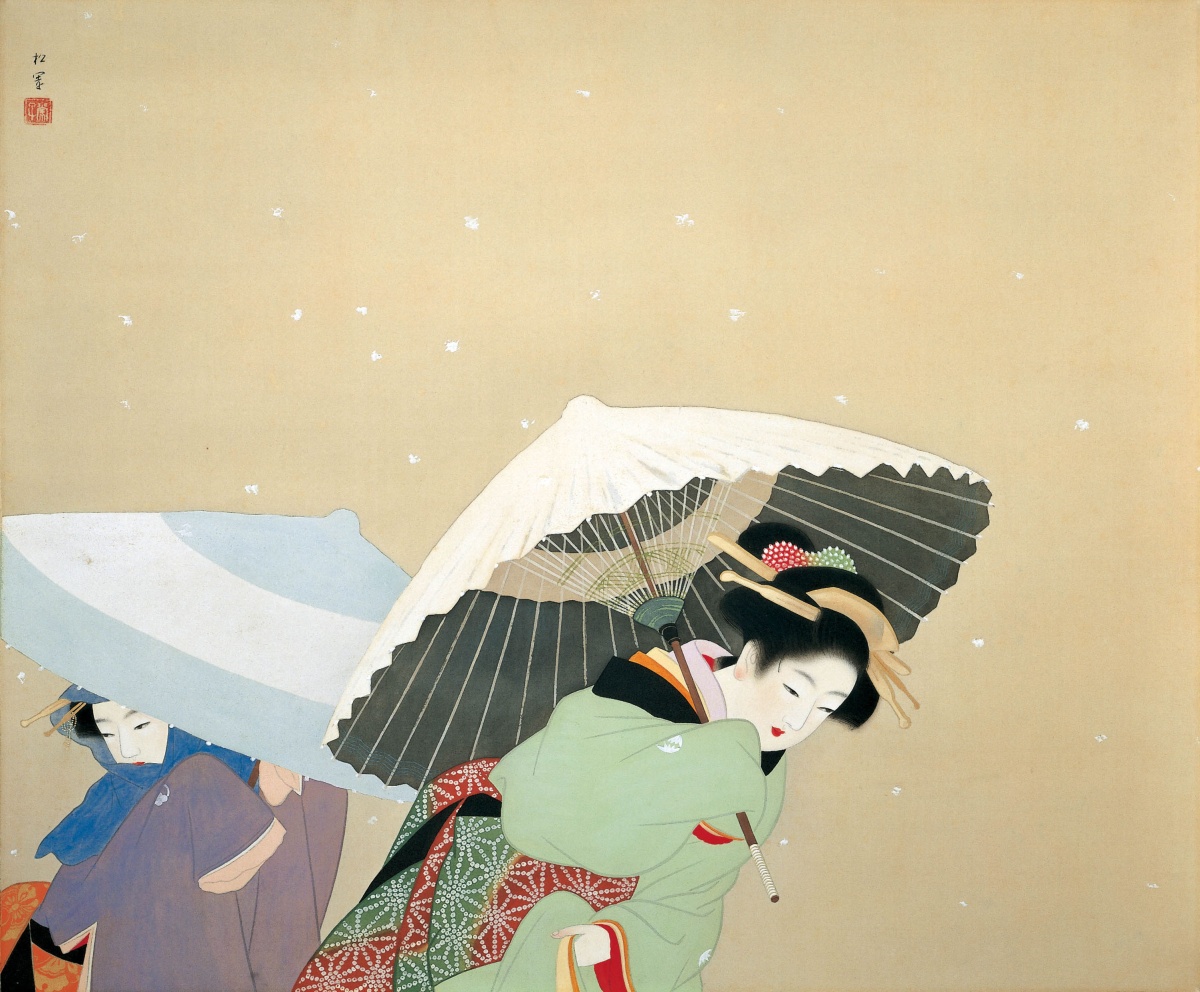
"Large Snowflakes" (1944)by Uemura Shoen, color on silk.
Where
Adachi Museum of Art
320 Furukawacho, Yasugi,
692-0064 Shimane Prefecture
+81 (0)854-28-7111
When
The Adachi Museum of Art is open every day of the year.
Hours: October to March, 9:00 a.m. to 5:00 p.m., April to September, 9:00 a.m. to 5:30
For exhibition dates and topics, please visit the museum website.
How
The Adachi Museum of Art is located in Shimane Prefecture, not far from the city of Matsue. The closest airports are Yonago (served by ANA) and Izumo (served by JAL). The closest station is JR Yasugi station. The museum offers free shuttle bus service between the museum and JR Yasugi station.
All works pictured in this article are in the collection of the Adachi Museum of Art. Images courtesy of the museum.


